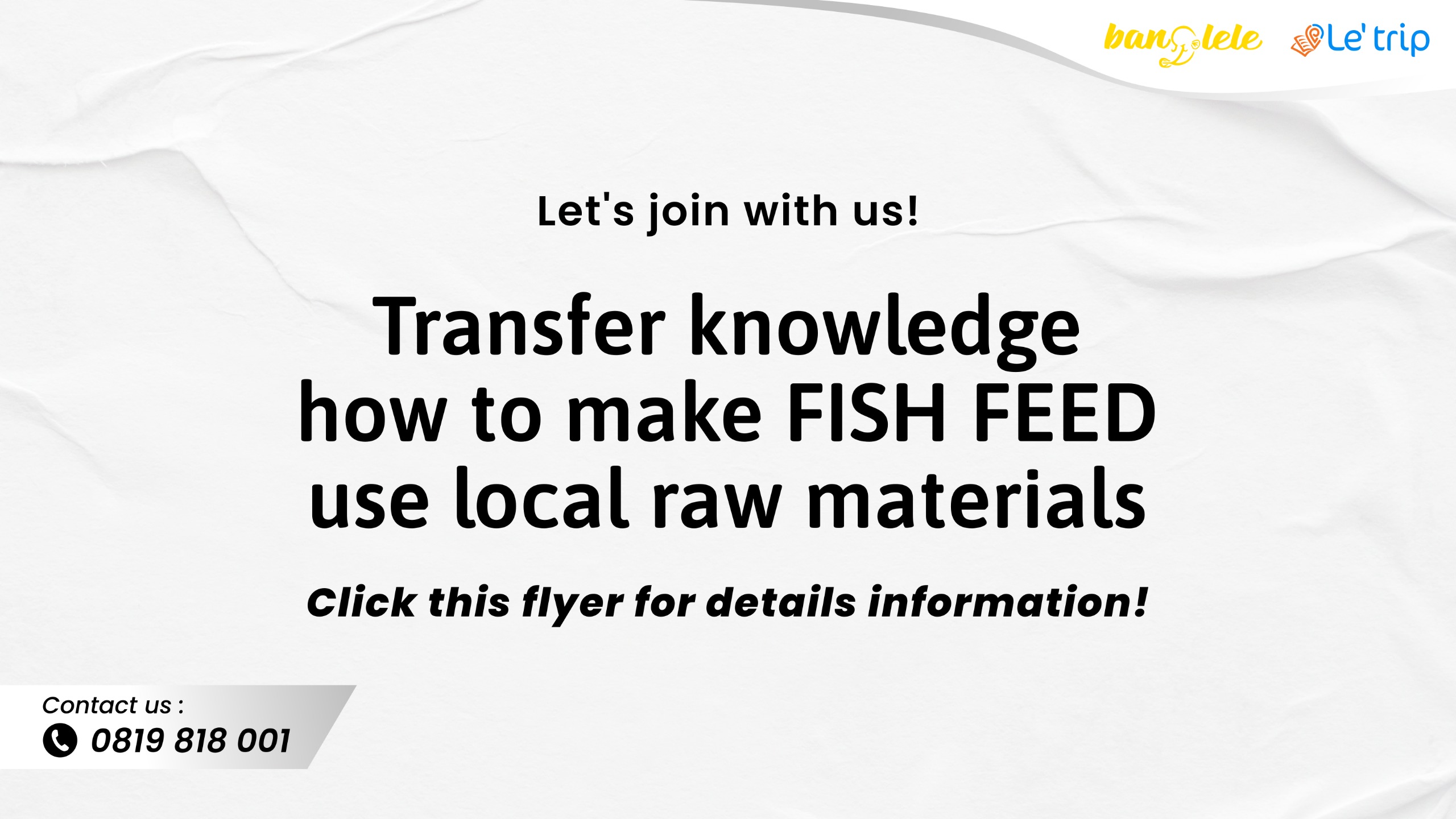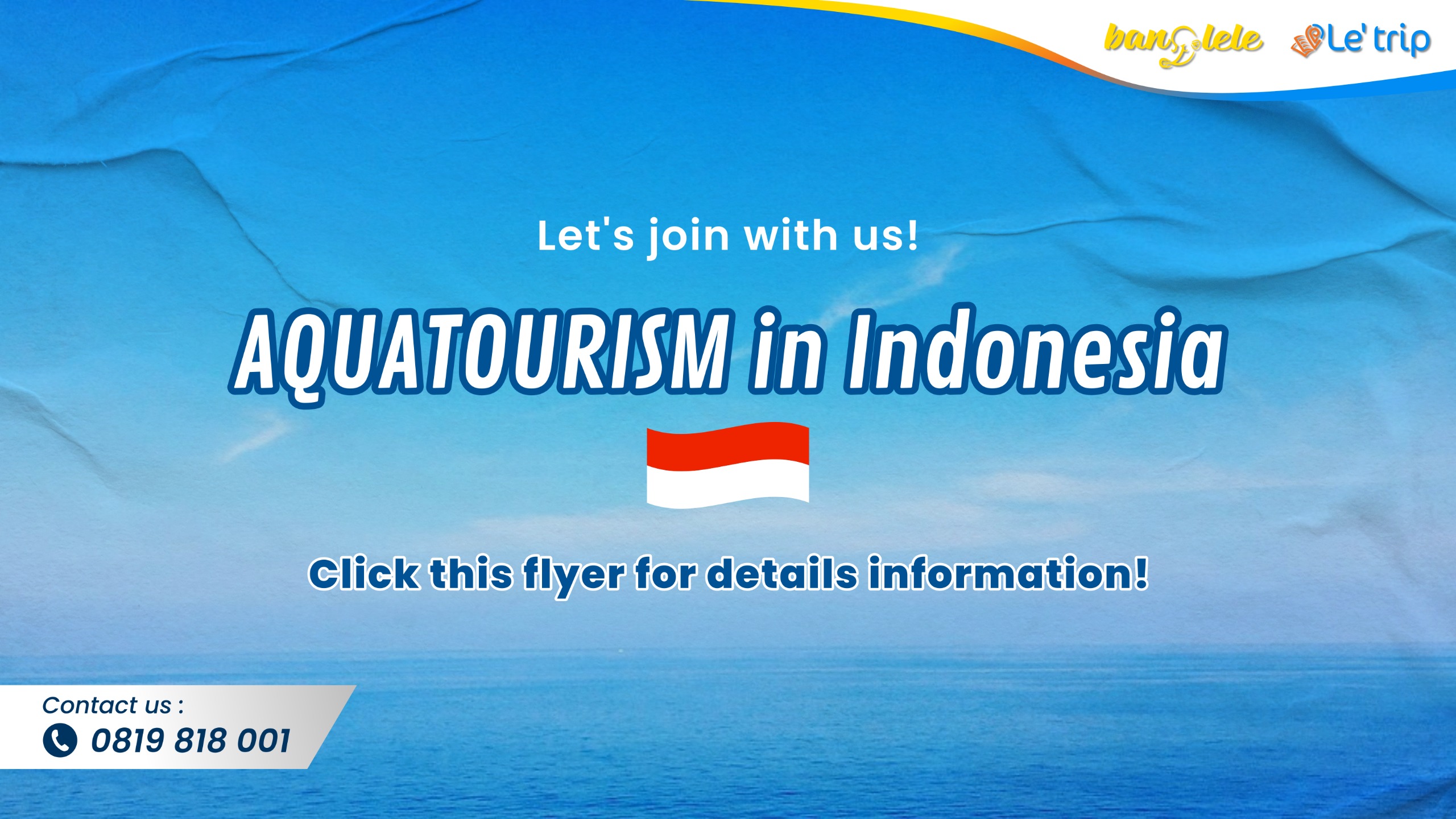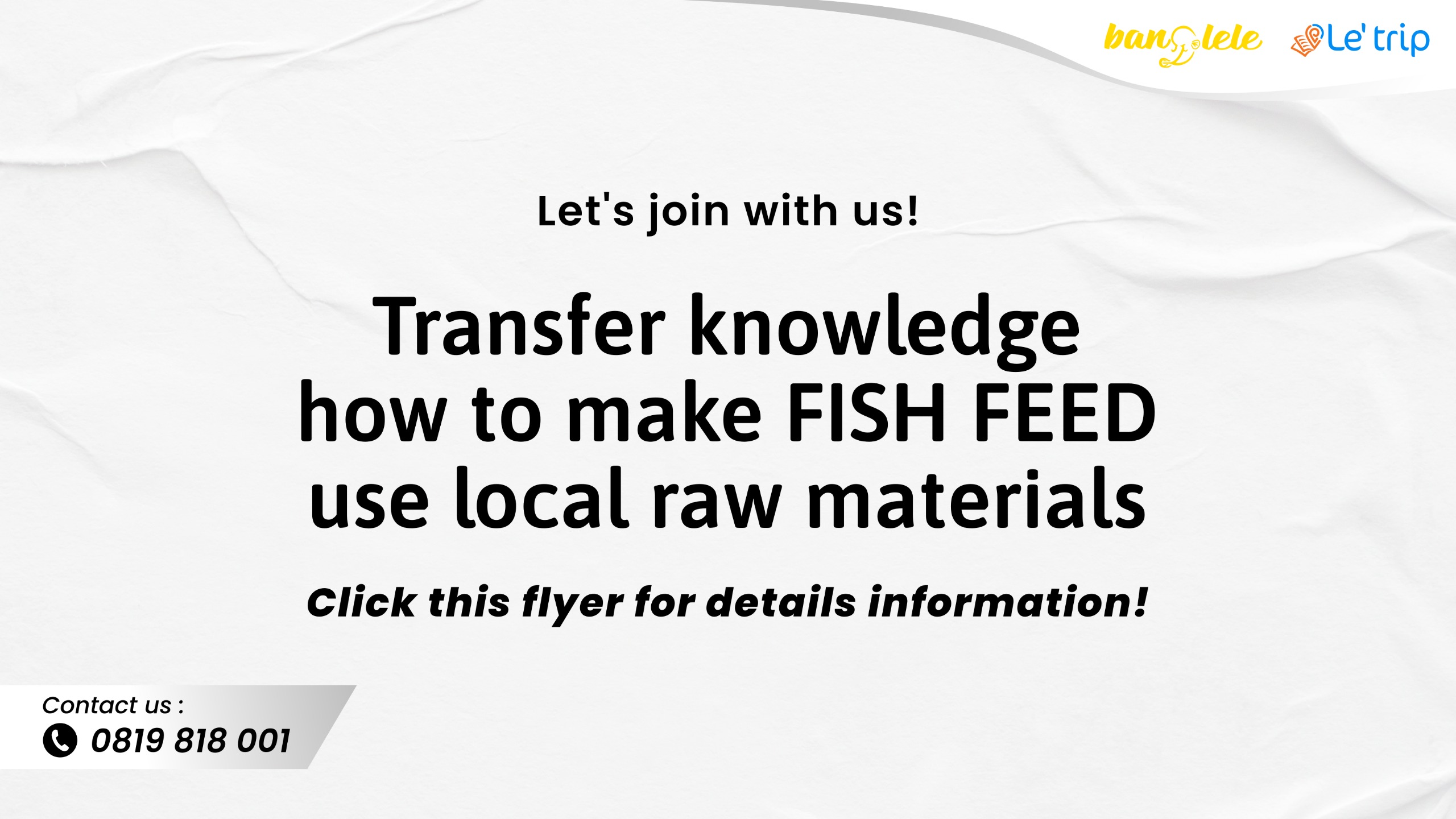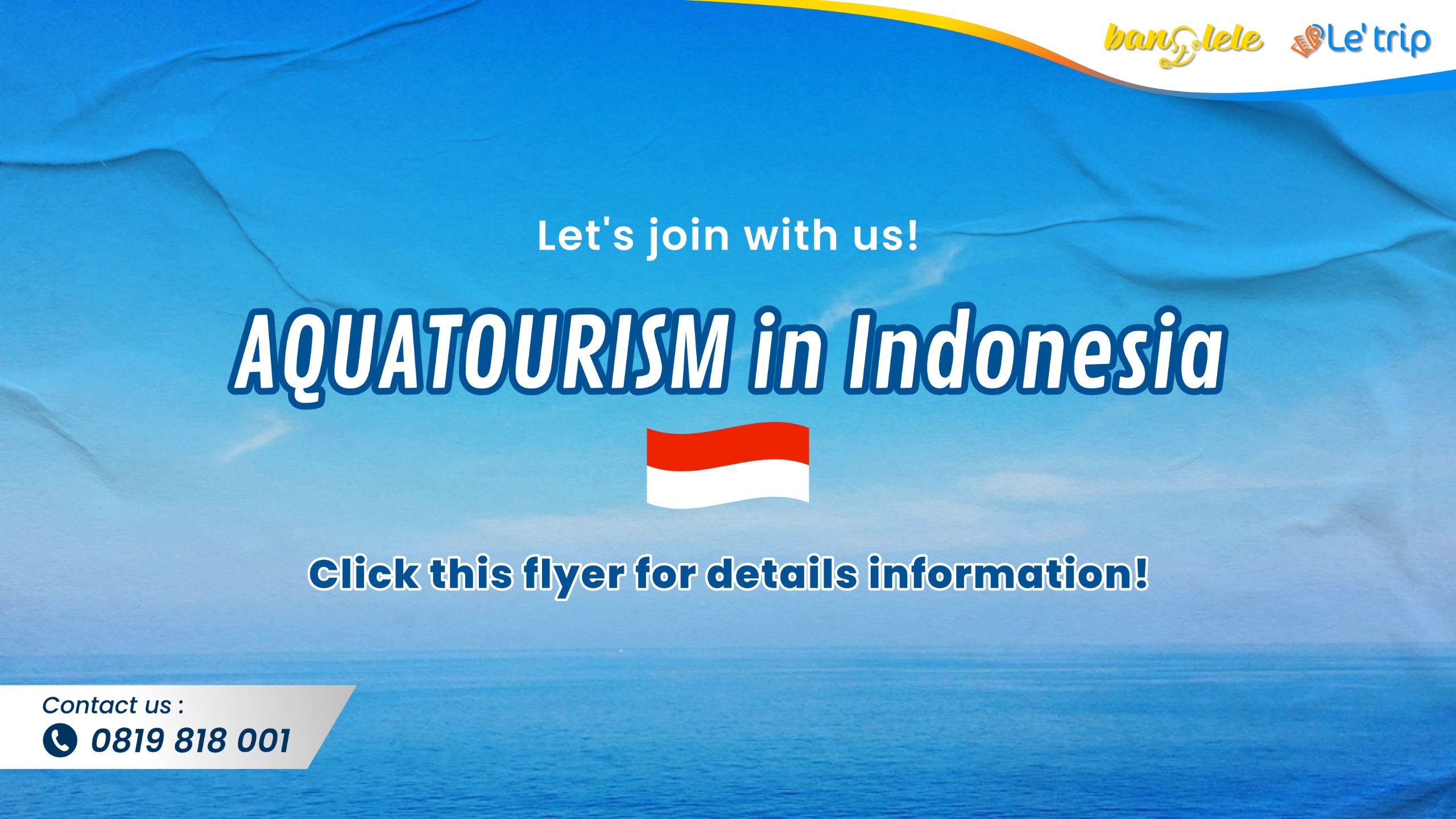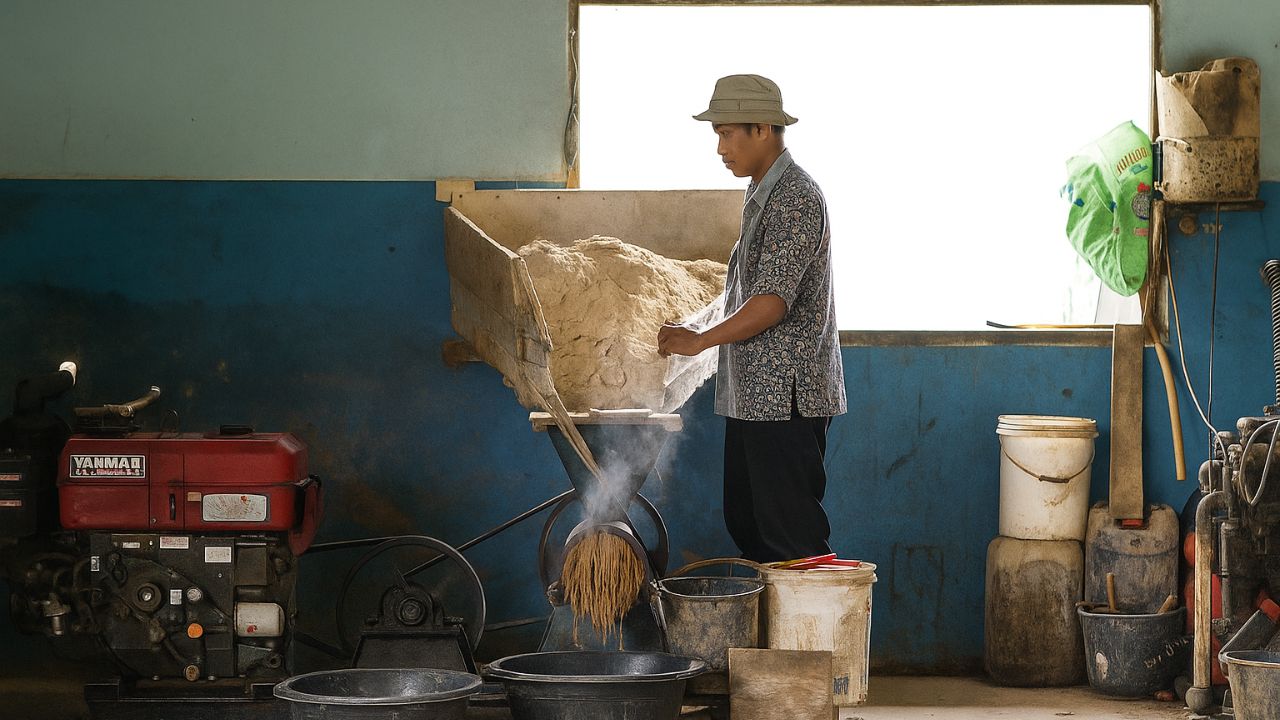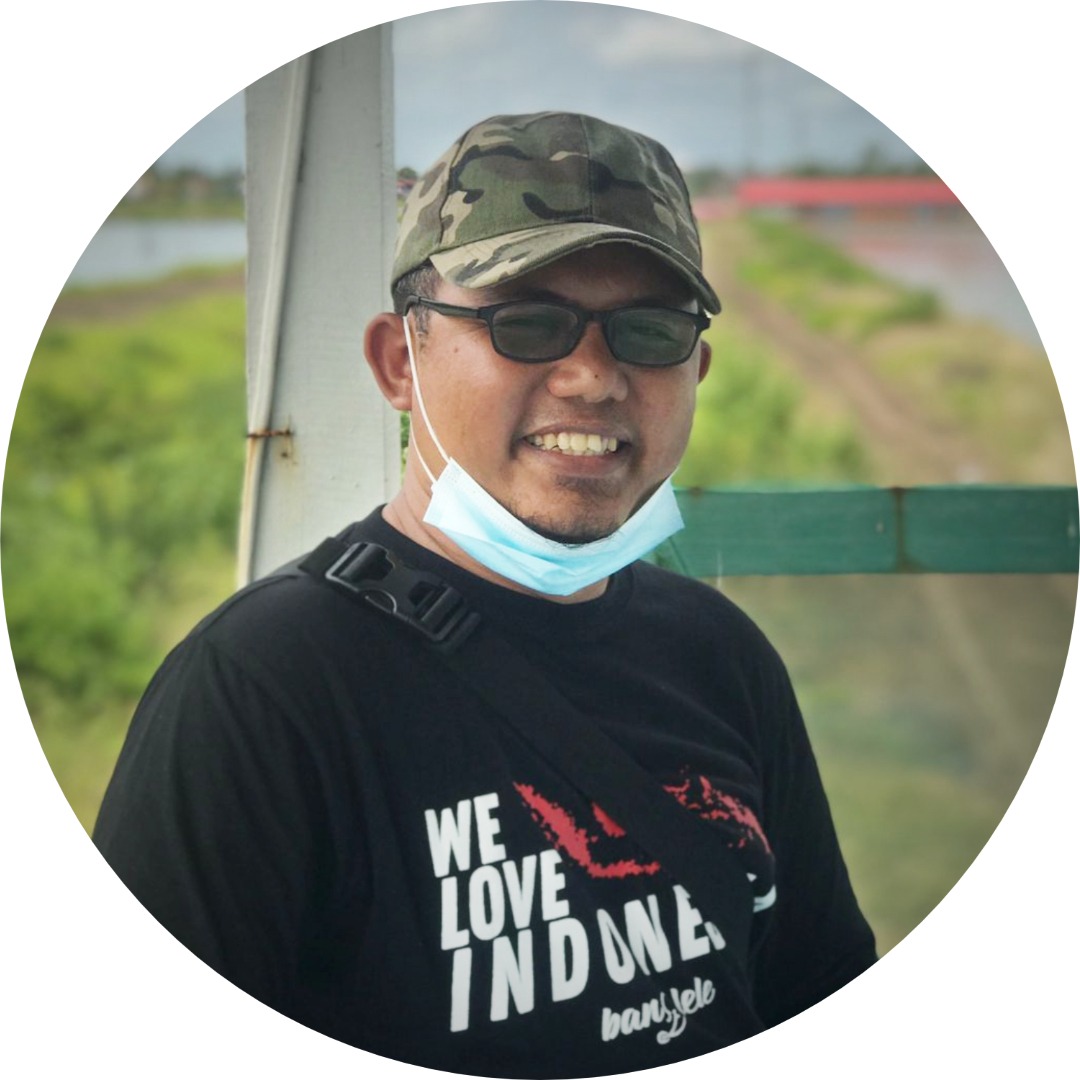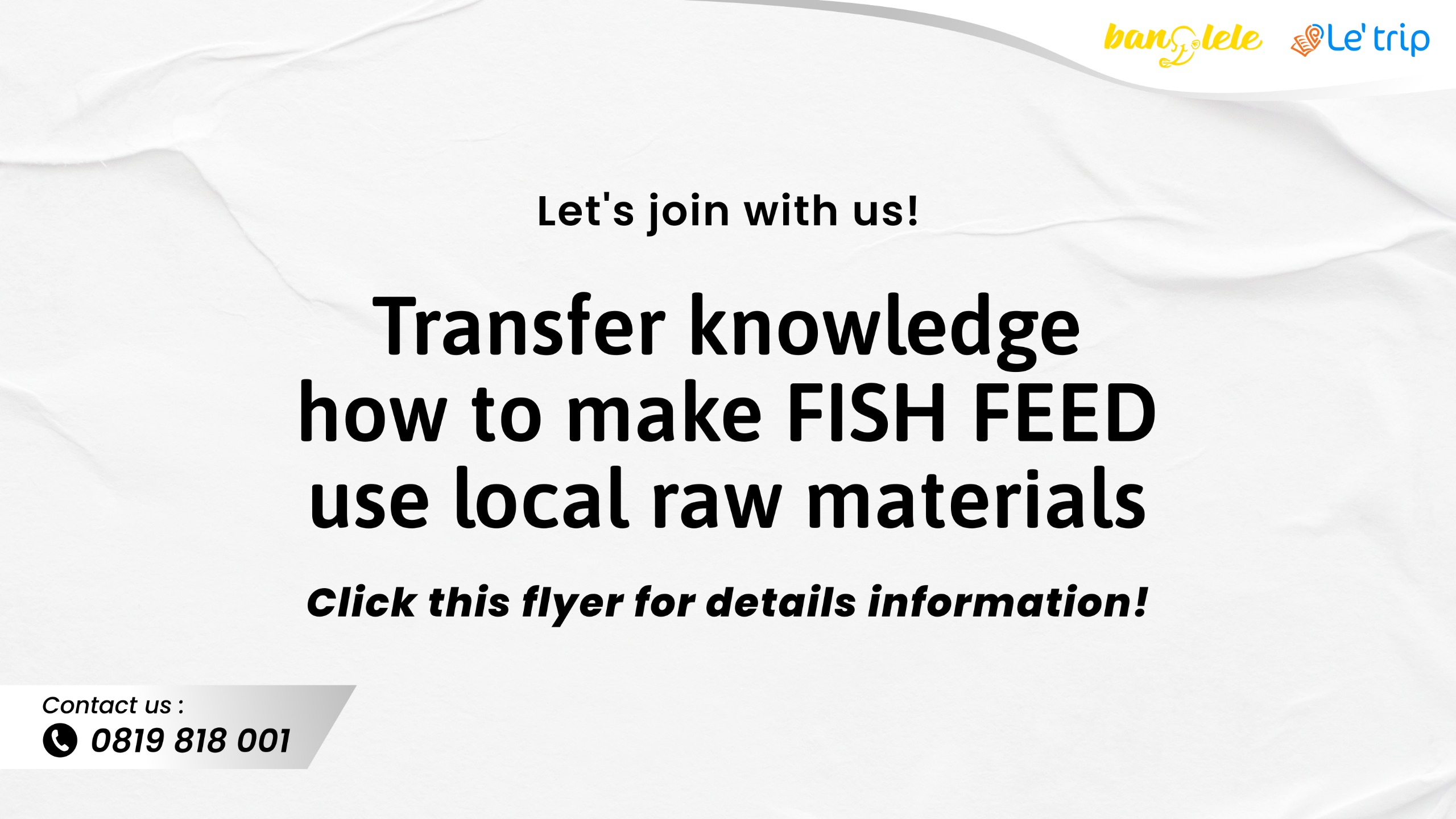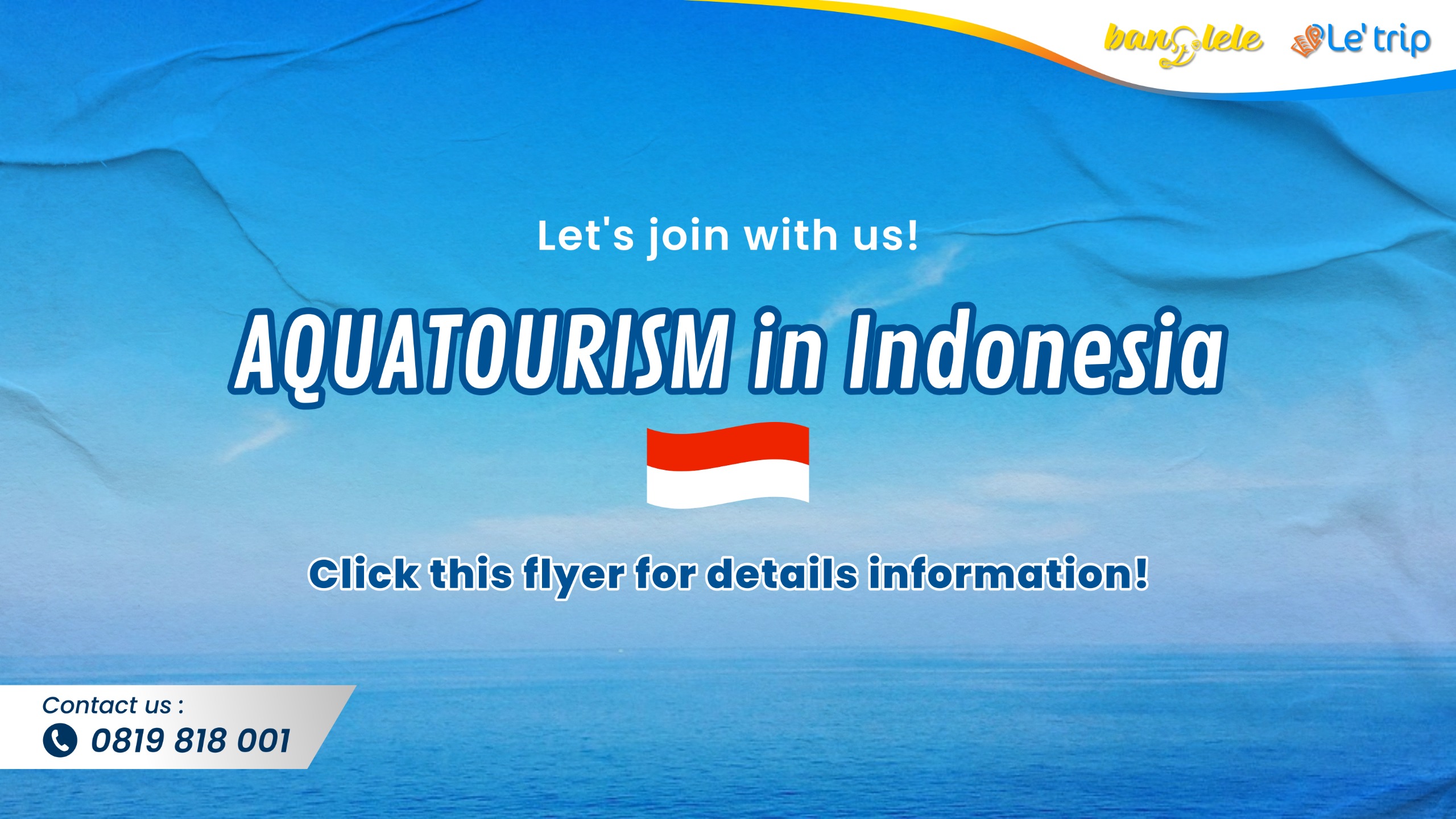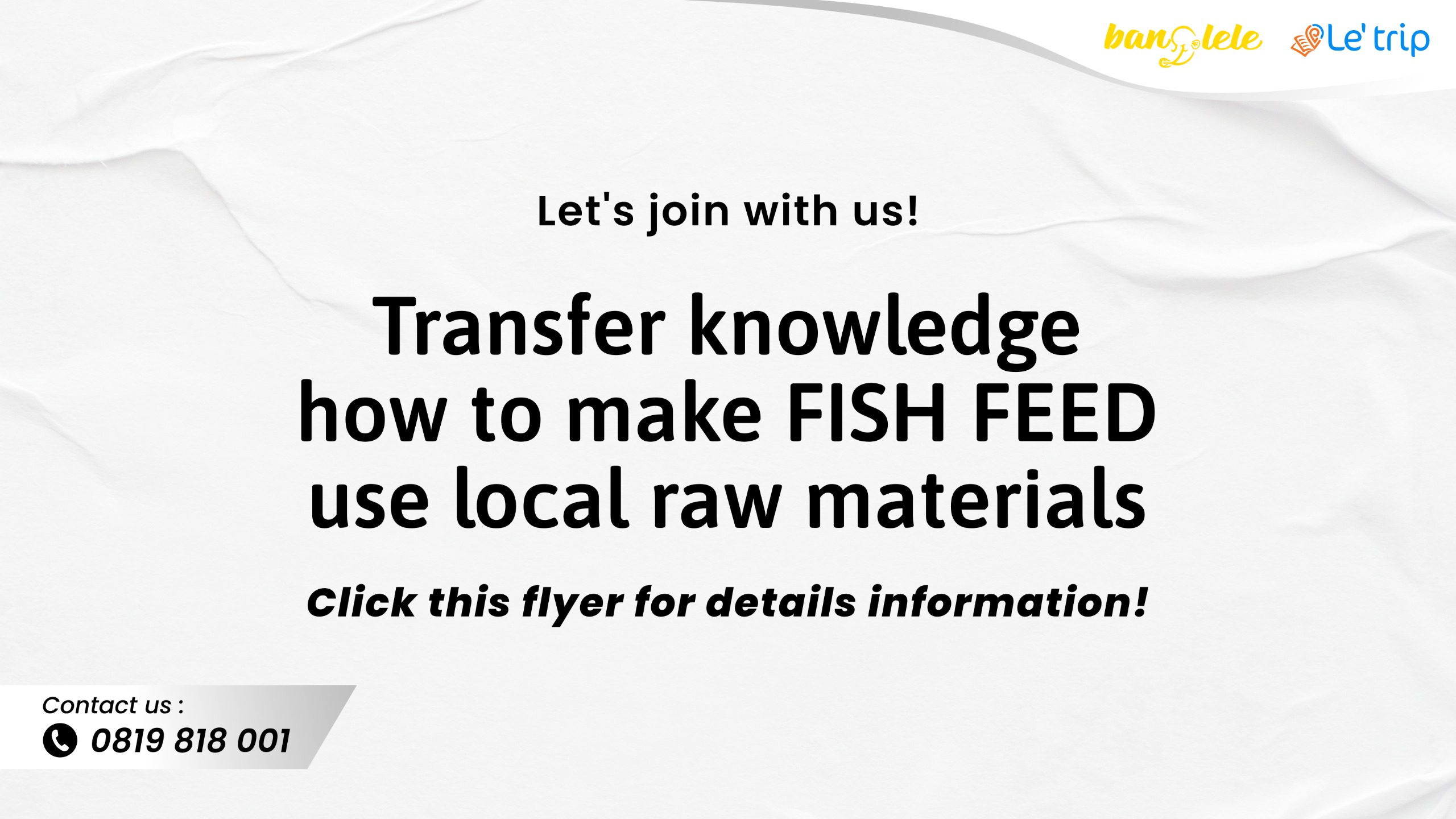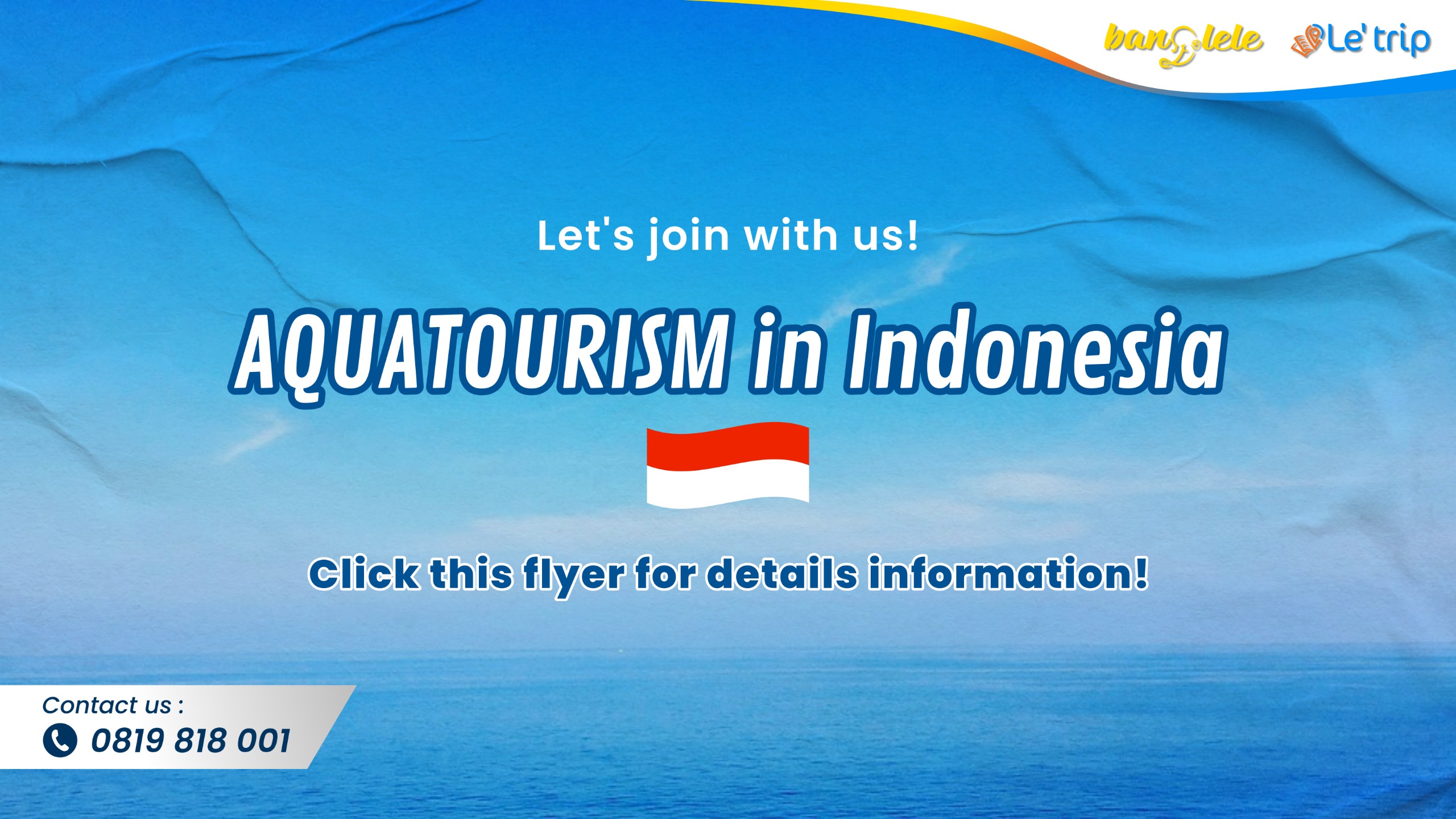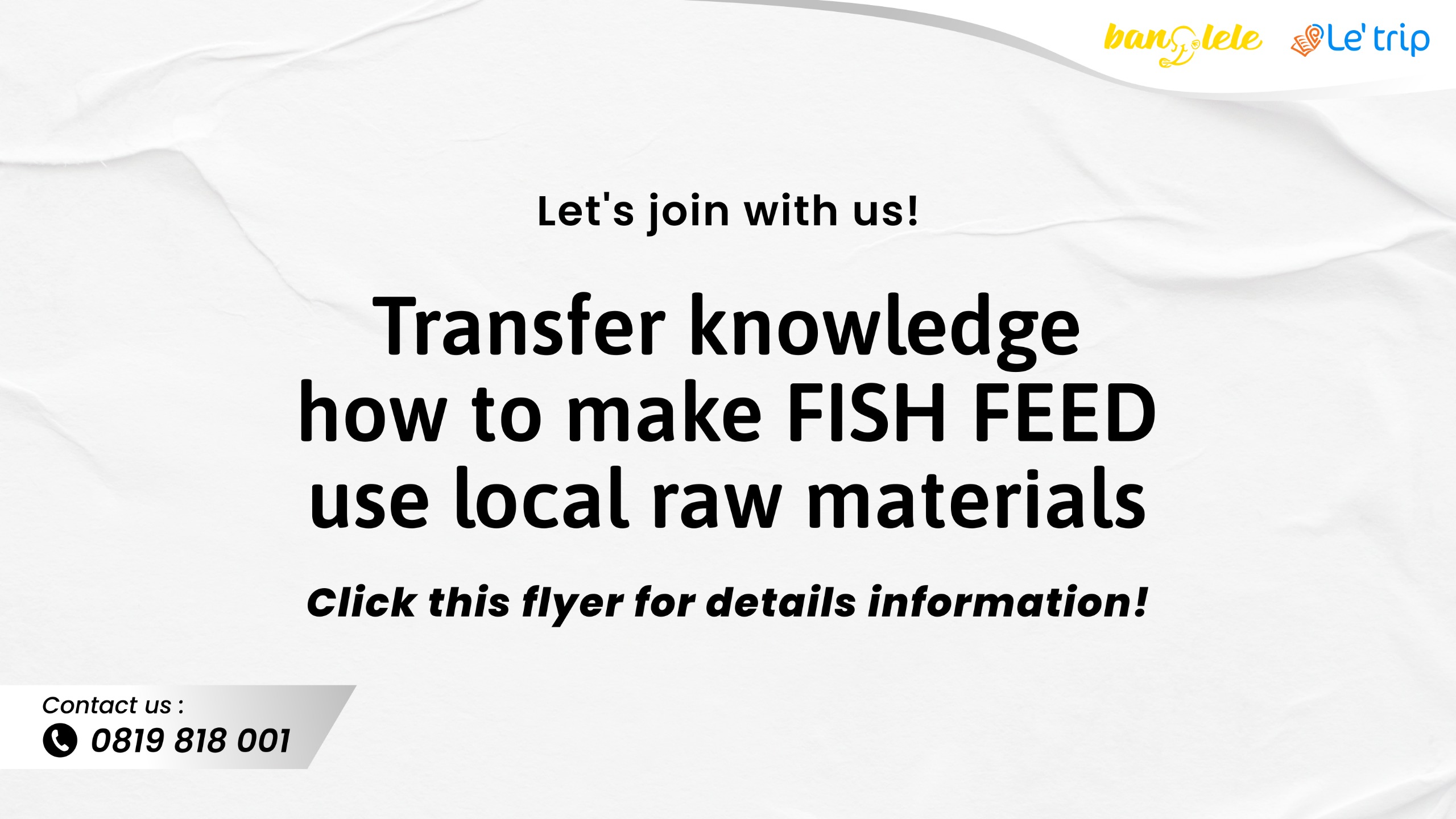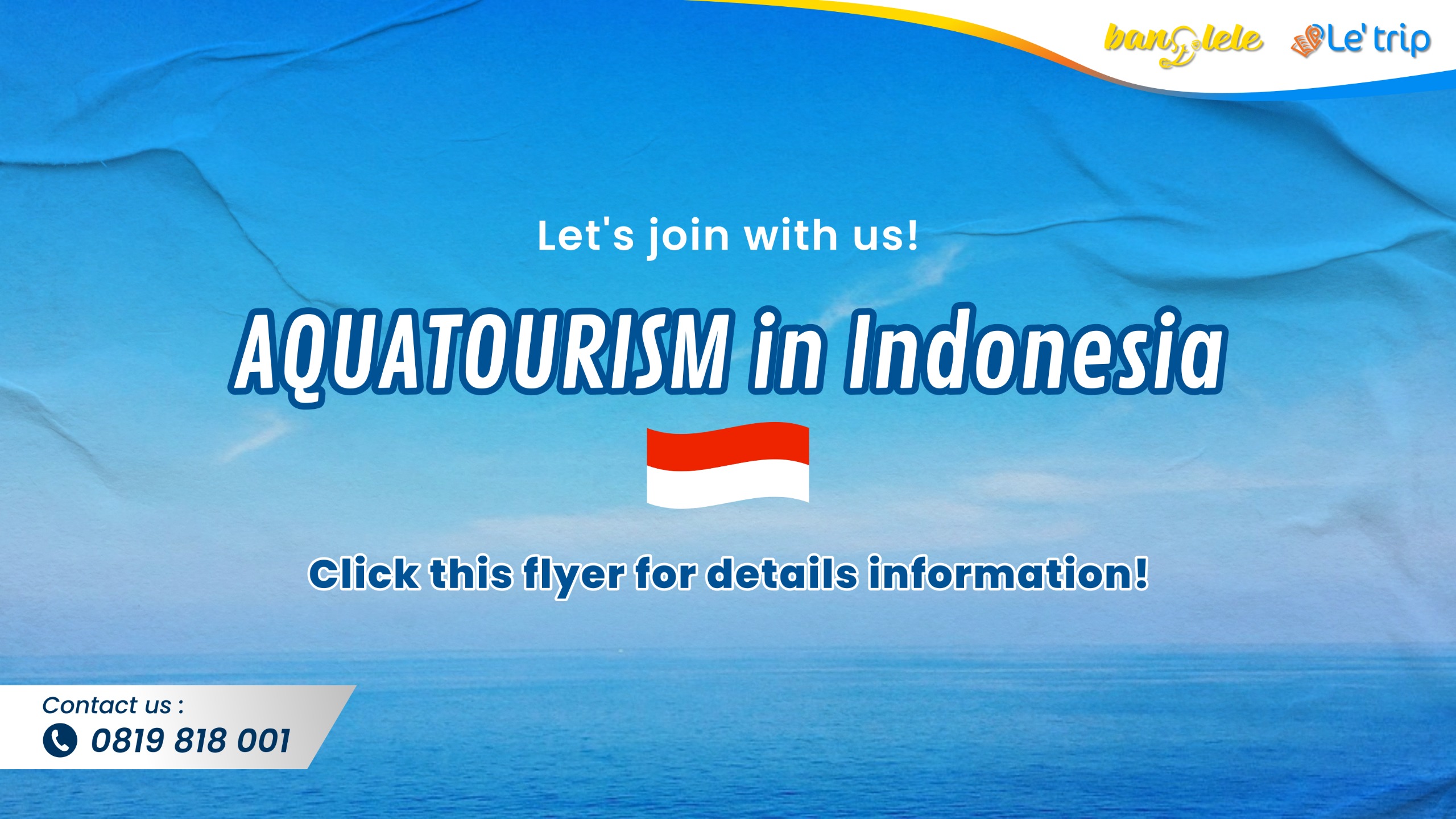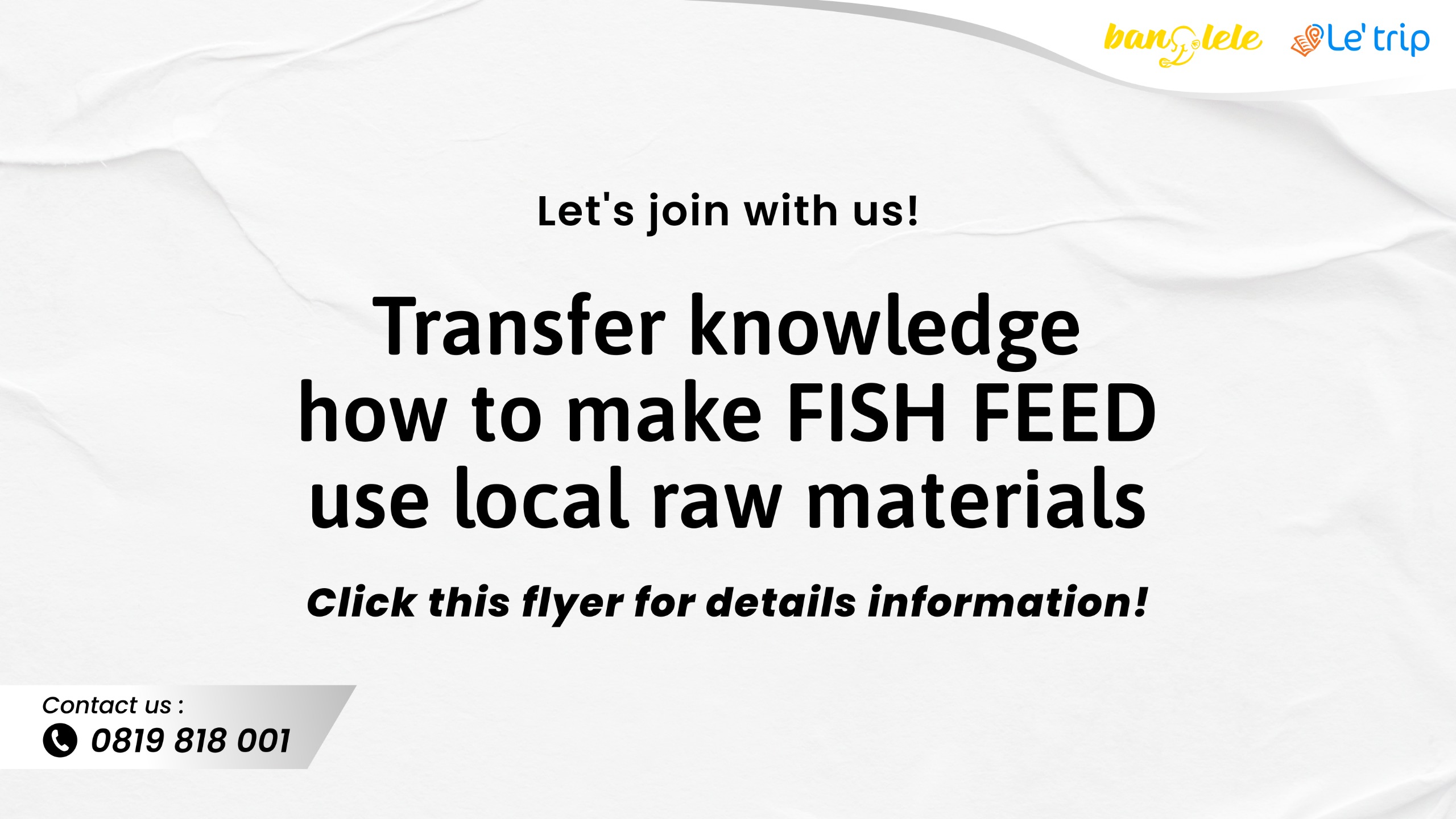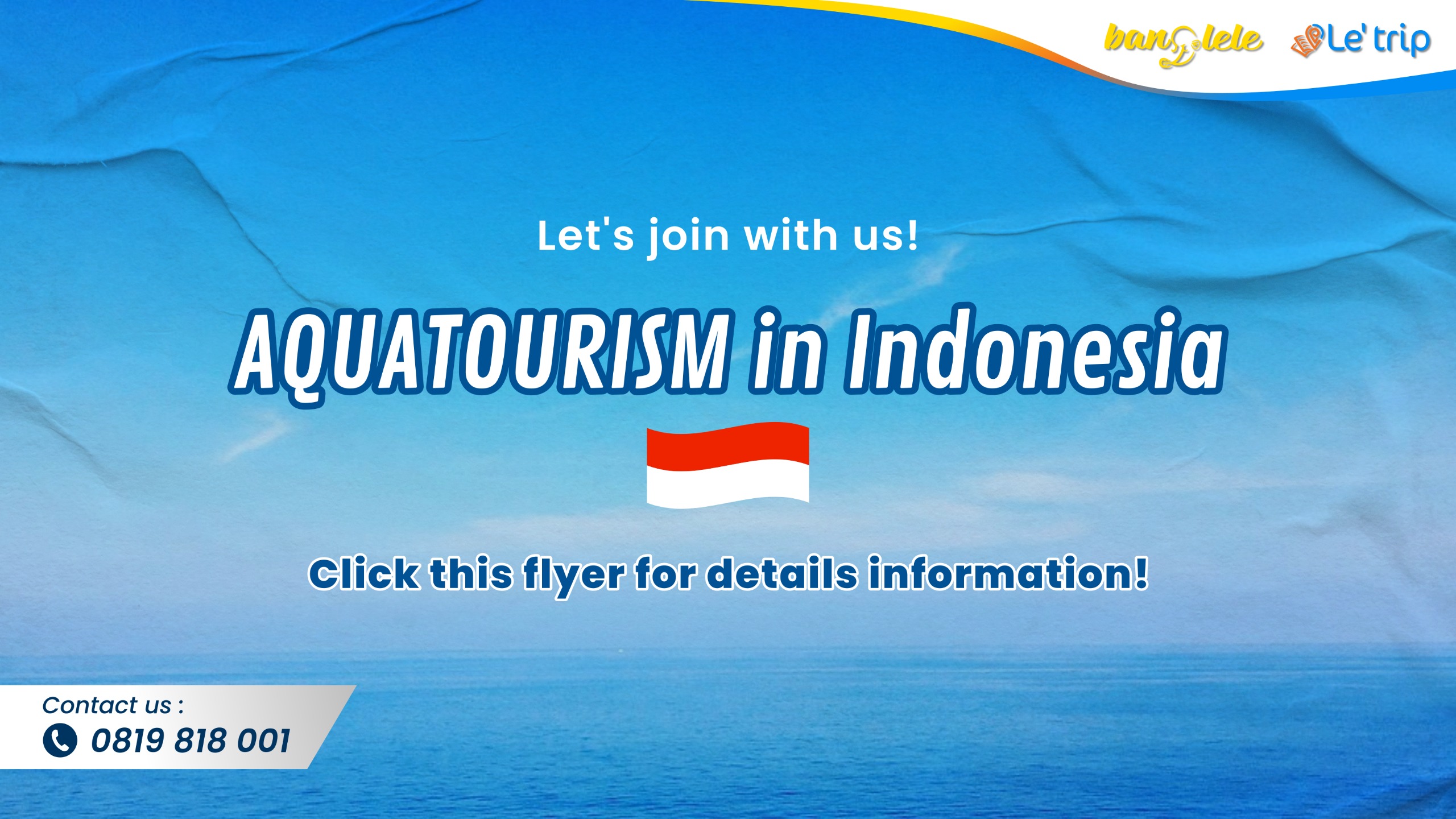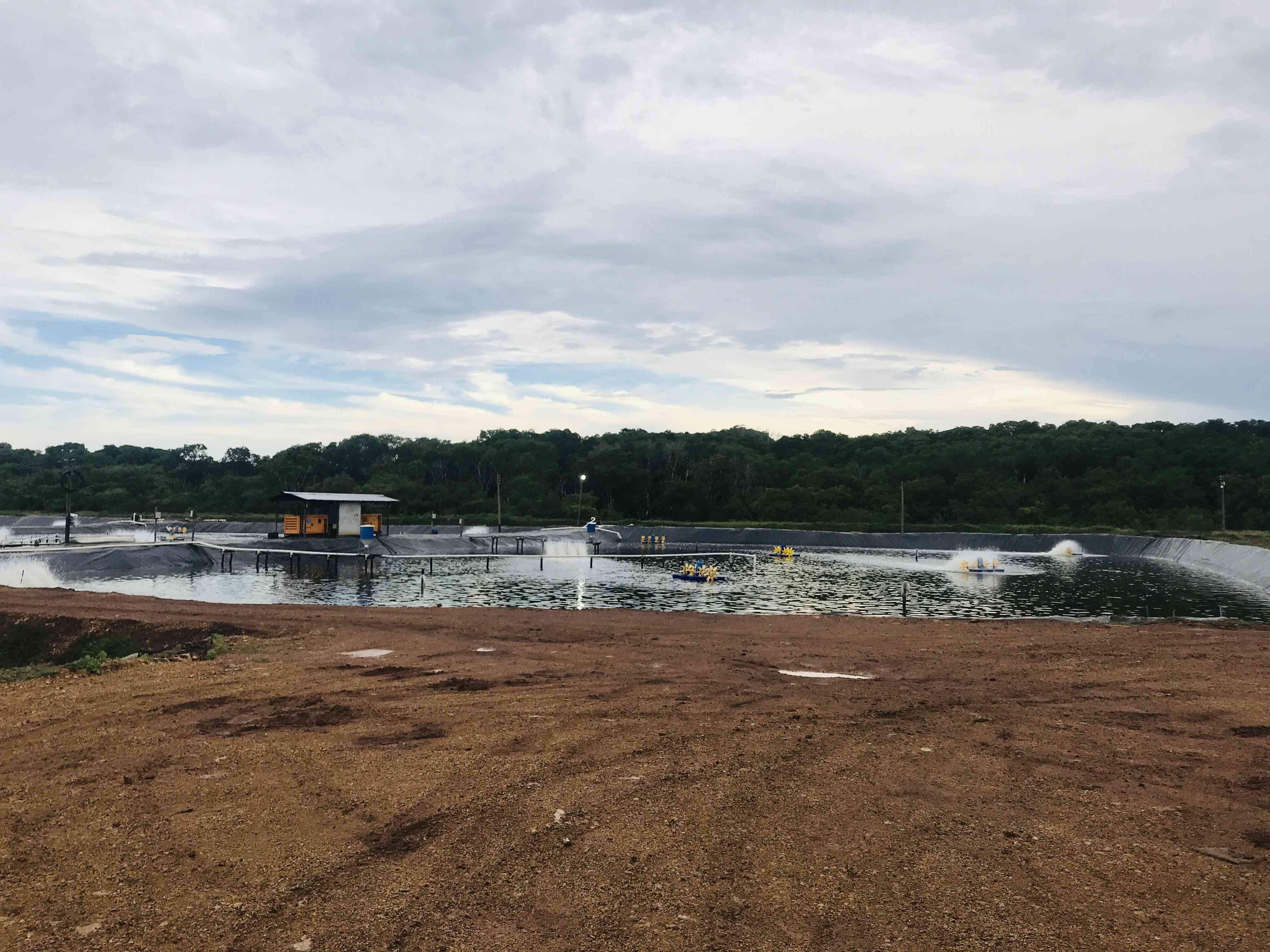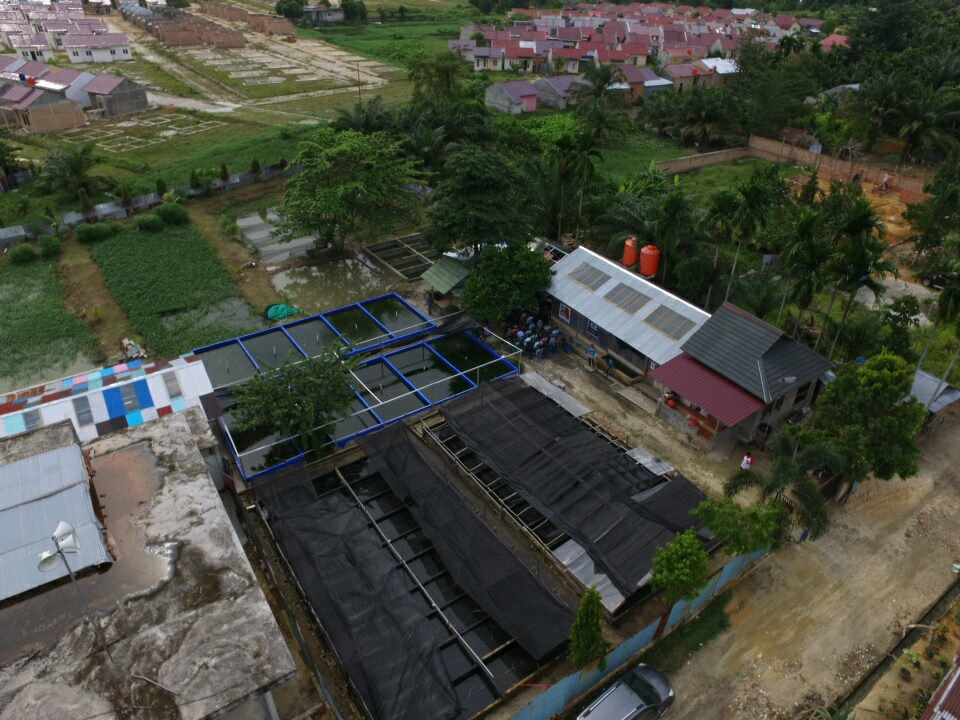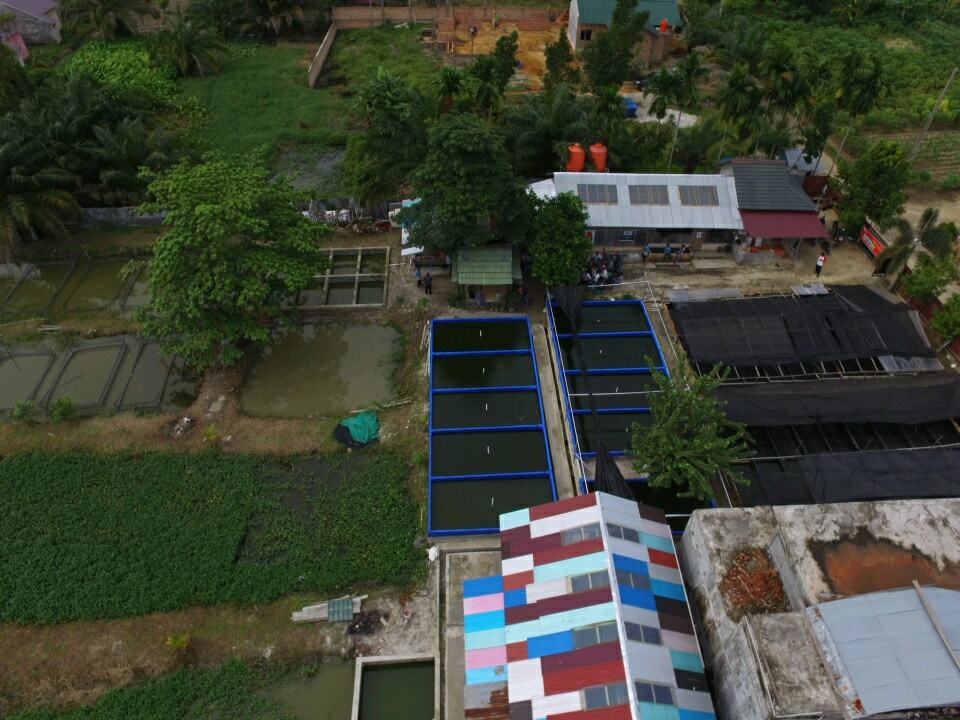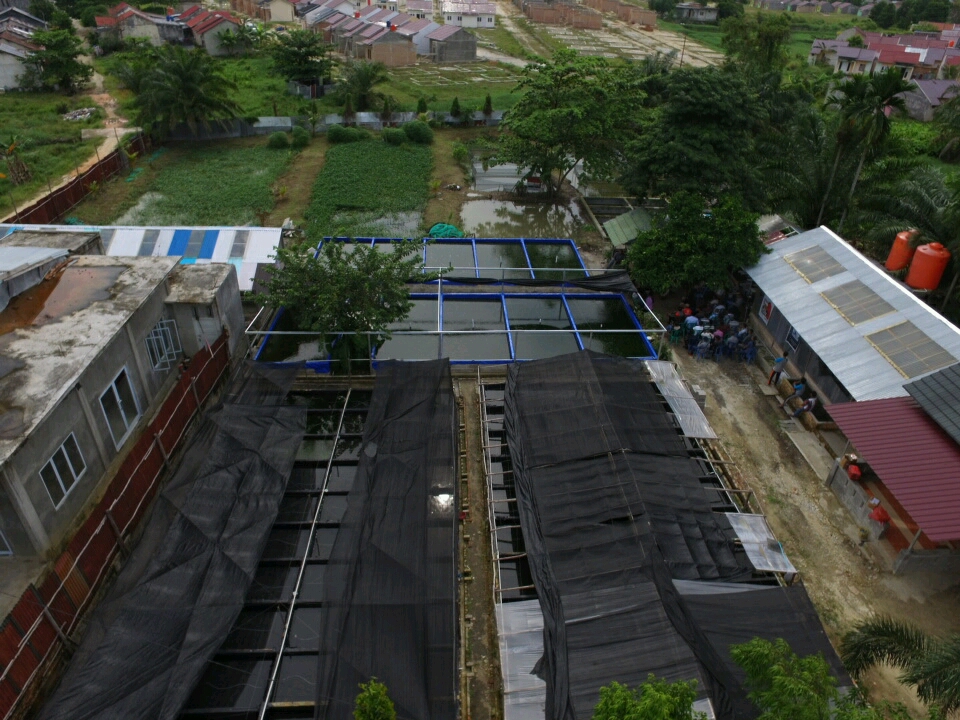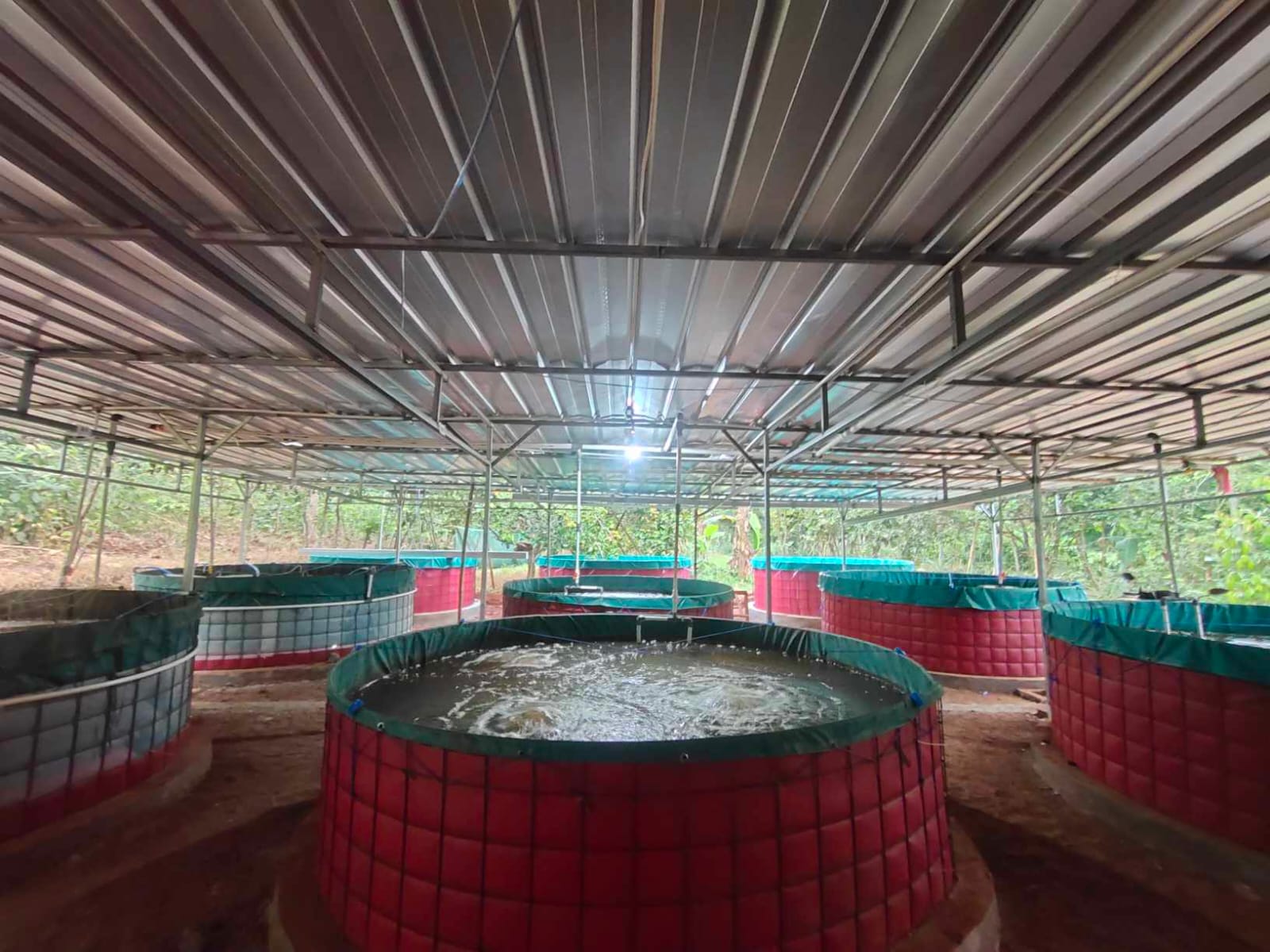As the world’s largest archipelagic nation, Indonesia is endowed with an immense potential for aquaculture. With a total cultivation area reaching 17.92 million hectares—comprising 2.83 million hectares of freshwater, 2.96 million of brackish water, and 12.12 million of marine environments—the sector has become a backbone of national food security. In 2024, aquaculture production reached 15.38 million tons, surpassing the output from capture fisheries and cementing its role as the primary provider of animal protein for the population. The sector's vitality is also reflected in its economic contribution, accounting for 2.54 percent of the national Gross Domestic Product (GDP) in 2024.
Yet, behind these impressive figures lies a paradox that threatens the sustainability and sovereignty of Indonesia’s aquaculture industry. The sector faces a fundamental vulnerability: an acute dependence on imported raw materials for fish feed, which, according to Minister of Marine Affairs and Fisheries Sakti Wahyu Trenggono, stands at a staggering 89 percent. This dependency is not merely an economic issue for farmers; it has evolved into a strategic challenge for national food security. Geopolitical shocks, currency fluctuations, or protectionist policies from exporting nations could directly paralyze domestic fish production. What was once considered a technical problem of "feed cost" has now become an urgent matter of "food sovereignty".
This vulnerability presents a serious obstacle to achieving the government's food self-sufficiency target for 2028. Furthermore, high-priority national initiatives like the Free Nutritious Meal (MBG) program, which aims to provide quality nutrition to millions of schoolchildren and pregnant women, rely on a stable, affordable, and massive supply of animal protein. The stability and affordability of this supply are directly threatened by high feed costs dominated by imported components. In this context, the transfer of technology for independent fish feed production emerges not just as a technical intervention, but as a powerful social and economic policy instrument. By empowering farmers to produce their own feed using local resources, the nation can not only break the chain of import dependency but also build a more resilient grassroots economy, improve the welfare of cultivators, and ultimately secure its national food and nutrition agenda.
Local ingredients for fish feed production in Indonesia: KKP
A critical analysis of feed costs: the root of the problem and its impact on farmers
The cost structure of aquaculture in Indonesia reveals an undeniable fact: feed is the single largest expenditure. Across numerous studies and field reports, feed consistently accounts for 60 percent to 80 percent of total operational costs. This dominance makes aquaculture ventures, particularly small-scale ones, extremely vulnerable to the often-uncontrollable price fluctuations of factory-made feed.
A simulation conducted by Minapoli for a single catfish farming cycle, stocking 5,000 fingerlings, estimated a feed requirement of 1.2 tons at a total cost exceeding IDR 11 million. Field data from Kudus recorded the price of commercial feed at IDR 304,000 per 30 kg sack, equivalent to about IDR 10,133 per kg. This figure stands in stark contrast to the cost of producing independent feed, which can be brought down to a range of IDR 4,300 to IDR 6,500 per kg—a cost saving of over 50 percent.
These high feed costs directly erode the profit margins of fish farmers. Studies indicate that feed is the most significant factor affecting business profitability. When feed prices rise while the farm-gate price of fish remains stagnant, many cultivators are forced to operate with minimal profit or even incur losses. This situation creates a debilitating cycle of dependency that stifles business scalability. Small-scale farmers, constrained by limited capital, are unable to purchase feed in large quantities to secure wholesale prices. Their thin profit margins, in turn, prevent them from accumulating enough capital to invest in technology or expand their operations. Consequently, they remain trapped as price-takers, subject to the terms set by large feed manufacturing industries.
At a national level, this reliance on imported feed reflects an inefficient allocation of resources. As an agrarian and maritime nation, Indonesia produces millions of tons of organic byproducts from its agriculture, plantation, and fishery sectors that are not yet optimally utilized. The foreign exchange that could be allocated for infrastructure development or other productive sectors is instead drained to import commodities for which substitutes are abundant within the country.
Technological innovation and local resources as the backbone of independence
The key to successful independent feed production lies in technological innovation and the ability to optimize abundant local resources. Among various alternatives, the cultivation of maggots from the black soldier fly (BSF) has emerged as a breakthrough that is reshaping the national feed industry landscape. BSF maggots possess a very high crude protein content, ranging from 41 percent to 45 percent, which is on par with the quality of imported fish meal.
The primary advantage of BSF maggots is their ability to be cultivated on organic waste media such as palm oil cake, tofu dregs, and market refuse. This makes them highly efficient bioconverters within the framework of a circular economy. Scientific studies have confirmed the effectiveness of maggots as feed. Research indicates that feed substituted with maggots yields excellent growth results in catfish; even 100 percent maggot use showed performance comparable to some commercial feed formulations. From an economic perspective, using a mixture of 50 percent maggots and 50 percent pellets can reduce feed costs by up to 22.74 percent.
Beyond maggots, Indonesia is rich in other potential local raw materials. Fish processing waste (heads, bones, and entrails), fine bran from rice milling, tofu dregs, and various flours from local agricultural products are all valuable nutritional sources that can be formulated into high-quality feed. The essential element is achieving the correct formulation to meet the fish's nutritional needs, which typically includes a balance of protein (generally 30-36 percent), fat, carbohydrates, vitamins, and minerals.
The utilization of these local raw materials creates powerful cross-sectoral synergies. The independent feed program is no longer the exclusive domain of the fisheries sector. It directly contributes to waste management solutions (environmental sector), increases the value of agricultural byproducts (agricultural sector), and ultimately builds an integrated economic model where waste from one sector becomes a productive input for another. This is a tangible manifestation of a sustainable circular economy.
The independent feed movement (gerpari) as a strategic government policy response
Recognizing the structural vulnerability caused by dependence on imported feed, the Indonesian government, through the Ministry of Marine Affairs and Fisheries (KKP), launched a strategic program known as the Independent Feed Movement (Gerakan Pakan Mandiri, or GERPARI). The program was designed as a policy response to empower fish farmers, reduce production costs, and build sovereignty in the fish feed sector. Its primary objectives are threefold: to increase the utilization of local raw materials, to lower the production costs of aquaculture businesses, and to establish a national network for independent feed.
Through GERPARI, the government distributes assistance in the form of goods, primarily packages of feed-making machinery and initial raw materials, to verified Fish Farmer Groups (Pokdakan). With a significant budget allocation, the program aims to stimulate the emergence of small and medium-scale feed production units in aquaculture centers across Indonesia.
The positive impact of this program has been demonstrated on the ground. A comparative study in Bangkalan Regency showed that farmer groups participating in the GERPARI program exhibited higher financial viability and lower levels of production and financial risk compared to groups still fully reliant on commercial feed. The GERPARI-participating group, Pokdakan LSM, achieved a revenue-to-cost ratio of 1.30, whereas the non-participating group, Pokdakan MLB, recorded a ratio of only 1.08. Testimonials from farmers in various regions also confirm that using independent feed can increase net profits by millions of rupiah per pond per harvest cycle.
Training on fish feed production from local ingredients, part of the GERPARI program by the Ministry of Marine Affairs and Fisheries, in Cianjur Regency: Banglele Indonesia
More than just an aid program, GERPARI also functions as a catalyst for local economic ecosystems. A group that receives machinery often not only meets its internal needs but also evolves into a feed producer for other groups in its vicinity. This creates new demand for local raw materials like agricultural and fishery waste, which in turn drives the rural economy and distributes added value more equitably.
The banglele Indonesia model for independent feed technology transfer
Amidst government efforts to foster feed independence, initiatives from the private sector have also become significant drivers of change. Banglele Indonesia, a private company specializing in aquaculture training and development, serves as a clear example of how technology transfer can be accelerated through a practical and self-reliance-oriented approach.
The training model offered is designed exclusively for farmers and entrepreneurs serious about producing feed independently. The program extends beyond a few days of in-person training covering theory and practice; it provides added value through ongoing online consultations to ensure participants fully master the technology. Its curriculum centers on utilizing local resources such as bran, corn, and agricultural waste to drastically reduce production costs while ensuring feed quality adheres to the standards of Good Fish Feed Manufacturing Practices (CPPIB).
Furthermore, Banglele Indonesia applies a holistic approach that goes beyond mere feed production. Participants also join a national network of independent fish feed activists to share experiences and support. This integrated approach creates not only efficient farmers but also resilient entrepreneurs. The program is explicitly designed to align with the national agenda, supporting the Free Nutritious Meal (MBG) program and strengthening local economic ecosystems through cooperatives.
The credibility of Banglele Indonesia as a technology transfer provider is reinforced by the international scope of its programs. In 2025, the company hosted study programs for Roger Williams University from the United States and a capacity-building program for a fisheries delegation from Cambodia, demonstrating global recognition of its expertise. Initiatives like this highlight the crucial role of the private sector as an accelerator for innovation adoption, complementing government programs with an agile, flexible, and highly market-relevant approach.
As a tangible manifestation of this commitment, Banglele Indonesia actively promotes its Offline Training for Independent Fish Feed Technology Transfer program. This intensive program is specifically focused on reaching farmers outside of Java. This strategic choice is based on a mission to encourage equitable development for aquaculture communities throughout the archipelago by providing appropriate technology support. In line with its tagline, "Connecting farmers for better Indonesia," Banglele Indonesia strives to ensure that innovation and self-reliance are not centralized in Java but are accessible and implementable by farmers in various regions, thereby strengthening food security from Sabang to Merauke. For farmers serious about achieving independence and becoming part of this movement, further information can be obtained by contacting banglele2017@gmail.com.
